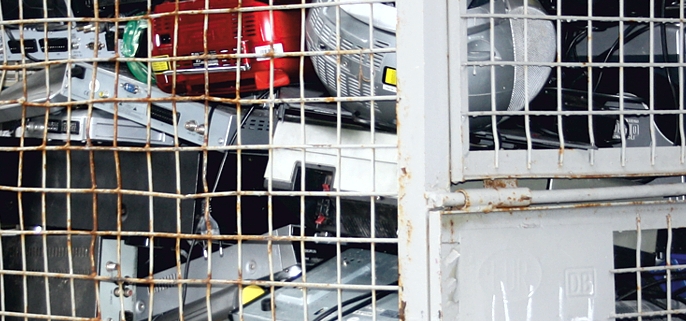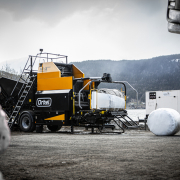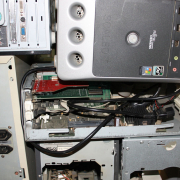Global Waste Recycling Market Outlook 2018
The analysis, conducted by global research and consulting firm Frost & Sullivan, revealed that IoT (Internet of Things), 3D printing, predictive analytics, and China’s ban on imported waste are to alter the state of the market worth 300.71 billion US-Dollar.
According to its Global Waste Recycling Market Outlook 2018, last year close to 48.2 million tons of e-waste was generated, of which only 20 to 25 percent was documented to be collected and recycled. The remaining waste was either landfilled or disposed of unsafely or illegally in lesser developed countries. “This scenario is likely to persist in the absence of stringent regulations, closed-loop supply chains, and greater producer responsibility,” Frost & Sullivan emphasized. “China made a market-altering decision when it announced a ban on the import of 24 categories of recyclables and solid waste by the end of 2017.” This would force the world‘s biggest waste exporters to build new recycling infrastructure in their own facilities or look to other Southeast Asian countries for waste management.
The analysis forecasts waste volumes, revenues, services, and examines the latest trends that are influencing the market, the information says. “It also highlights the recycling opportunities generated by different waste streams and the impact China‘s waste ban will have on the import of foreign waste. It covers the segments of municipal solid waste (MSW), industrial non-hazardous waste, waste electrical and electronics, construction and demolition waste and plastic waste.”
Market size
The outlook study predicts that the global market revenue is likely to increase from 265.61 billion US-Dollar in 2017 to 282.1 billion US-Dollar in 2018. “This does not include the revenue from plastic recycling industry, which itself poses a tremendous business opportunity, and the market size is estimated at 37.6 billion US-Dollar in 2018, a significant growth of 7.1 percent from 2017.” As reported, the study also discusses the effect of the waste import ban imposed by China. As a result, the waste management industry is set to undergo substantial change, opening possibilities in markets that were initially exporting waste to China. “The ban is likely to drive investment opportunities for countries like Australia, Japan, Germany, the UK and the US,” Frost & Sullivan estimates.
The outlook also features trends that have been changing the way waste management is happening around the world, the research and consulting firm announced. “For instance, e-waste management is gaining significant momentum in the recent years.” Frost & Sullivan predicts that the market is set to grow by 6.2 percent in 2018 from the previous year.
Changes due to technologies
“The waste recycling market, like its end-user industries, is experiencing disruptive changes due to the advent of advanced digital technologies. For example, smart waste bins with IoT capabilities will play a significant role in changing the way waste is collected and sorted,” Deepthi Kumar Sugumar, research analyst Energy & Environment, is cited. “Similarly the rise of 3D printing technologies has made it much easier to recycle plastic waste. Many industries are turning plastics into high-quality filaments to replace spares, lowering the need for re-manufacturing.“
Although technology has improved waste management considerably, market participants using these technologies will be challenged to convince industries employing conventional methods to switch to modern systems. They need to be made aware of the role novel recycling systems can play in enabling a circular economy.
Meanwhile, the use of cutting-edge technologies is giving rise to innovative business models such as commercial waste collection zones. These models allow haulers to invest in infrastructure improvement and introduce inventive methods for MSW collection. By optimizing waste collection routes, combining real-time data, and employing data-related technologies such as predictive analytics, it will be possible to eliminate the unplanned dispatch of vehicles to collect waste. “Another important technology that could have far-reaching consequences for the waste management market is augmented reality (AR),“ Sugumar assumes. “AR can help any manufacturer make informed decisions to prevent waste in the first place. Though AR is still evolving, it will change the way waste reduction and management is conducted in the future.“
Photo: O. Kürth
GR 3/2018









